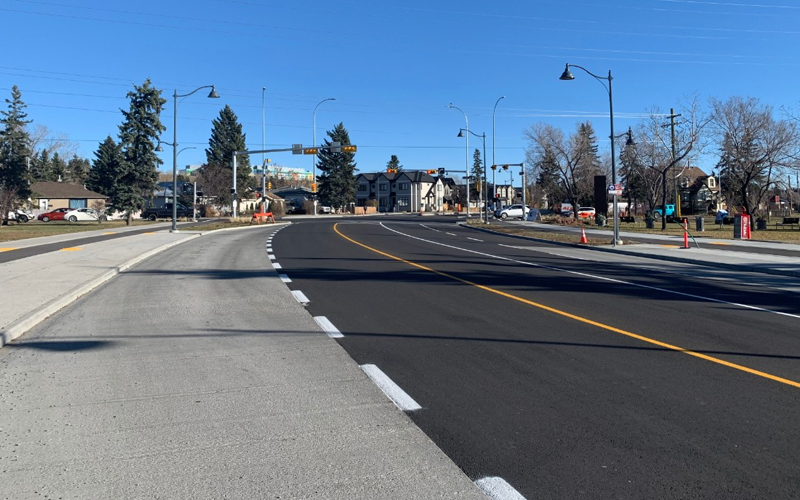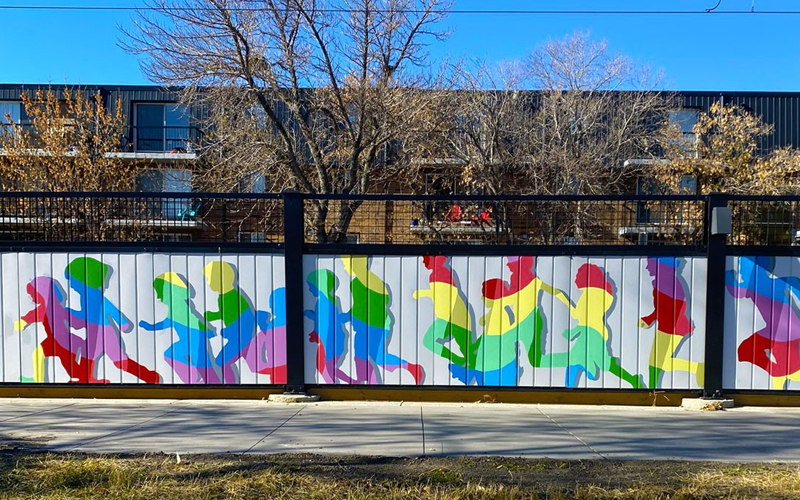Why rezoning matters
Rezoning improves affordability and choice
The research is clear: a variety of abundant housing is fundamental to affordability. Take a look at these case studies on the effects of rezoning on housing supply from around the world.
As with other goods, the balance between housing supply and demand influences price and availability.
A change to our base zoning allows builders to respond to housing demand more efficiently. They won’t need to apply to rezone land when consumer preferences change.
Case study highlights
Supply Shock Versus Demand Shock: The Local Effects of New Housing in Low-Income AreasThe average new building lowers nearby rents by 5 to 7 percent relative to trend, translating into a savings of $100–$159 per month. In addition, we find that new buildings increase low-income in-migration, implying that this improved affordability can foster more integrated, economically diverse neighborhoods that may provide low-income residents with greater economic mobility.
Rezoning adds homes and families to existing communities
Cities are always growing and changing, and our communities need to keep pace!
Most mature communities, especially those built prior to 1980, are declining in population. New homes are also more efficient, which means these communities have the infrastructure (e.g. roads, water and waste management) capacity to handle more types of housing.
Rezoning supports climate action
Enabling more housing supply and options in developed communities will allow more people to benefit from the infrastructure, services, and amenities that already exist in these areas. It will also help us to meet the goals of the Calgary Climate Strategy by:
- Decreasing the distance between trips to work, school, or amenities.
- Creating opportunities to get around the city by walking, biking, or taking transit and reducing the need for trips by automobile.
- Preserving natural grassland and agricultural land on the outskirts of the city.
- Allowing more people to live in new, more efficient homes in already developed areas of the city. New housing can be 35-50% more energy efficient than the older housing it replaces.
More rezoning benefits

Rezoning helps keep property taxes down as costs to maintain utilities, roads, are shared among a larger population.

Rezoning will improve the walkability of communities as more people can live nearby to amenities like schools, parks, and grocery stores.

More zoning certainty will attract new businesses and people to Calgary.

Rezoning will enhance the existing features of established communities and encourage Calgarians to connect with each other.

Access to pathways and increasing transit options encourages low-carbon modes of transportation, supporting a more sustainable, green future for Calgarians.

Rezoning will give everyone the opportunity to live and remain in the same community as their housing needs change over their lifetime.


